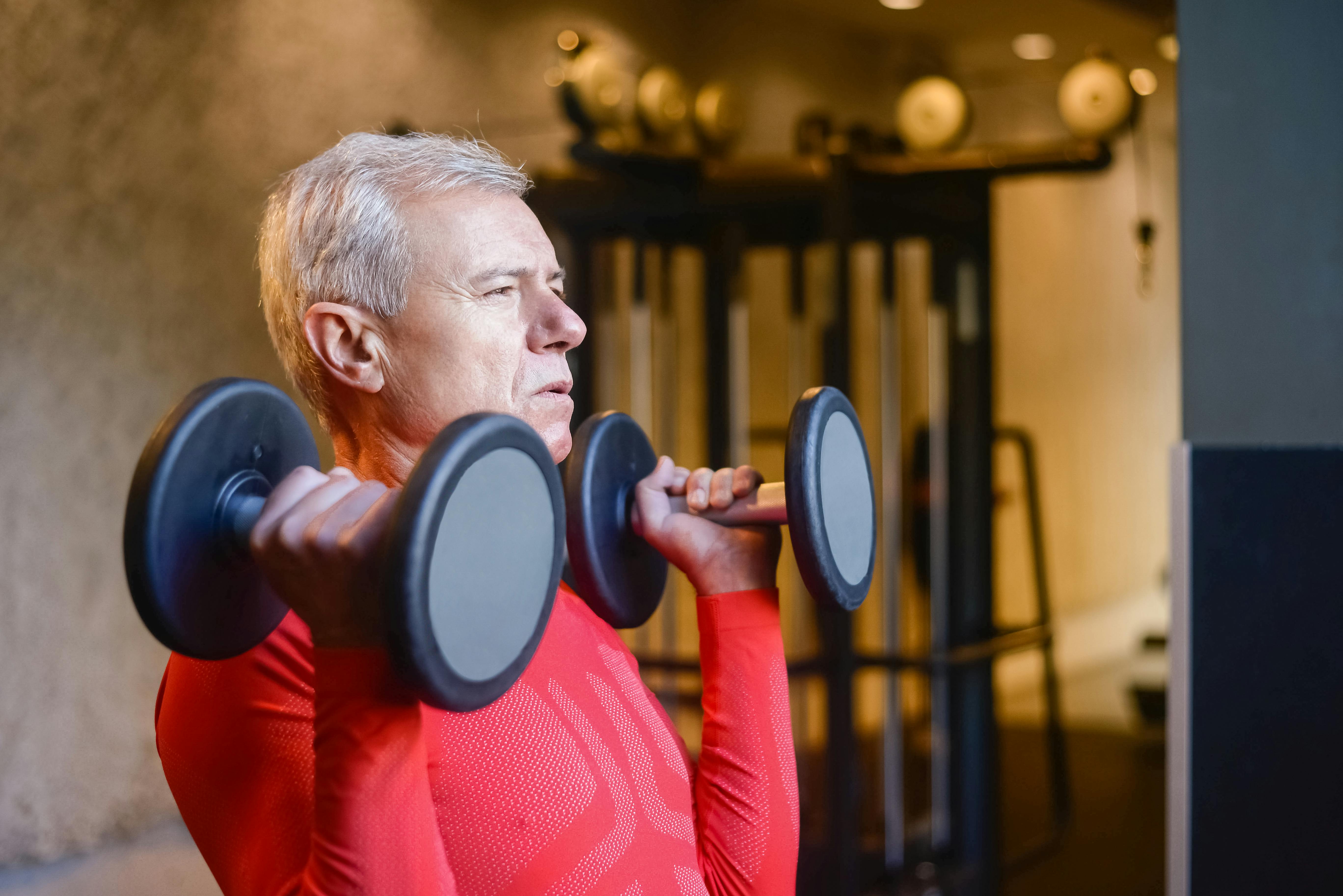For many adults, growing with age is a time for relaxation, less work, and time with family. With that growing age comes declining strength. This decline in strength is a huge factor into many of the health issues the elderly see. “By the age of eighty, strength declines on average to almost half that of a young adult. This decline in strength is consistent across muscle groups and all types of measurements” (Latham & Liu, 2010).
So, what causes this to happen? Why are their strength levels so deflated to the point where risk of falling could lead to extensive broken bones, or even death? Additionally, what can elderly people do to help prevent or delay some of these larger issues? How can strength training or resistance training benefit the older population? It turns out, strength training has lots benefits for older adults. The most important thing is staying consistent and keeping a proper nutrition during this time.
Changes in Older Adults
When people age, there are certain trends and changes in body and structure that occur. Bone mineral may reduce, the onset of osteoporosis, arthritis, weakened muscles, and lack of flexibility and overall strength. The reduction in muscle mass in older people will increase for those who are not active or actively staying fit or exercising. This will further lead to potential health issues in the future.

For example, if an elderly person were to fall, they will be more likely to have more severe damage, like breaking a bone, than an elderly person who is physically active. It’s important to know that being physically active won’t prevent or reduce their chances of falling, but rather it will protect them in the event of a fall.
The main culprit is lack of physical activity. It’s been scientifically proven that strength training can help benefit older adults in a variety of ways. To see prove of how strength training keeps older adults in prime condition, look at Lou Ferrigno, Arnold Schwarzenegger, and the late Franco Columbu. Many of bodybuilding’s top players are still in excellent shape well into their 60’s. The key is establishing a strength training habit and lifestyle.
The Benefits
When an older individual engages in strength training and resistance training, it can help improve muscle architecture and neuromuscular activation, especially in the lower limbs. Age does not seem to show any reduction for the musculoskeletal system to adapt to resistance training either. This helps debunk any misconception that an increase in age means a decrease in ability. In a way, it’s all about how young or strong you feel, rather than what your biological age is.
For older individuals who participate in strength training, it can help decrease a risk for injury. A decreased risk for injury can also mean an improved life because of mobility function and more independence. Older adults should focus on resistance training, as this is what will help increase muscular strength, power, and mass. This will help with bone density and can improve daily functions. While the risk of falling may not decline, resistance training could be the difference between a bruised leg and a broken leg.
Older Adults and Osteoarthritis
While resistance training is beneficial for most elderly people, what about those who suffer with osteoarthritis (OA)? According to the Mayo Clinic, OA is a type of arthritis that occurs when flexible tissue at the ends of bones wears down. The wearing down of the protective tissue at the ends of bones occurs gradually and worsens over time. This is a painful condition, and is quite common, with Mayo Clinic estimating over 3 million people suffer from. So, is it possible for elderly people who suffer from OA to increase their own strength?

A study was done on elderly people who suffered with OA to find out if they could increase their strength and reduce pain. A group of people over the age of 65 with people who suffered from knee OA. OA in the knee is such a critical point because of all the activity that occurs in our legs on a daily basis.
The participants were given progressive resistance strength training programs. At the conclusion of the trial, it was found that strength training did improve with people who suffered with OA. Lots of good news comes from information like this on how an older person can train.
OA does not have to stop someone from increasing their strength and reducing the pain caused. The most important foundation will be if the elderly person is willing to work out and use a progressive training program.
When an elderly person begins a strength training program, it’s important to keep their health needs at top priority. Start slow, and slowly build up the progressive resistance model to assess their adaptations to the exercises. Through this process, growth will become noticeable.
#GetStacked
References:
Haff, G., & Triplett, N.T. (2016). Essentials of strength training and conditioning. Fourth edition. Champaign, IL: Human Kinetics
Latham, N., & Liu, C. J. (2010). Strength training in older adults: the benefits for osteoarthritis. Clinics in geriatric medicine, 26(3), 445–459. doi:10.1016/j.cger.2010.03.006

Share:
Changing Your Exercises Will Help Your Strength Gains
Hammer Away 🔨 at Your Arms with This Attachment